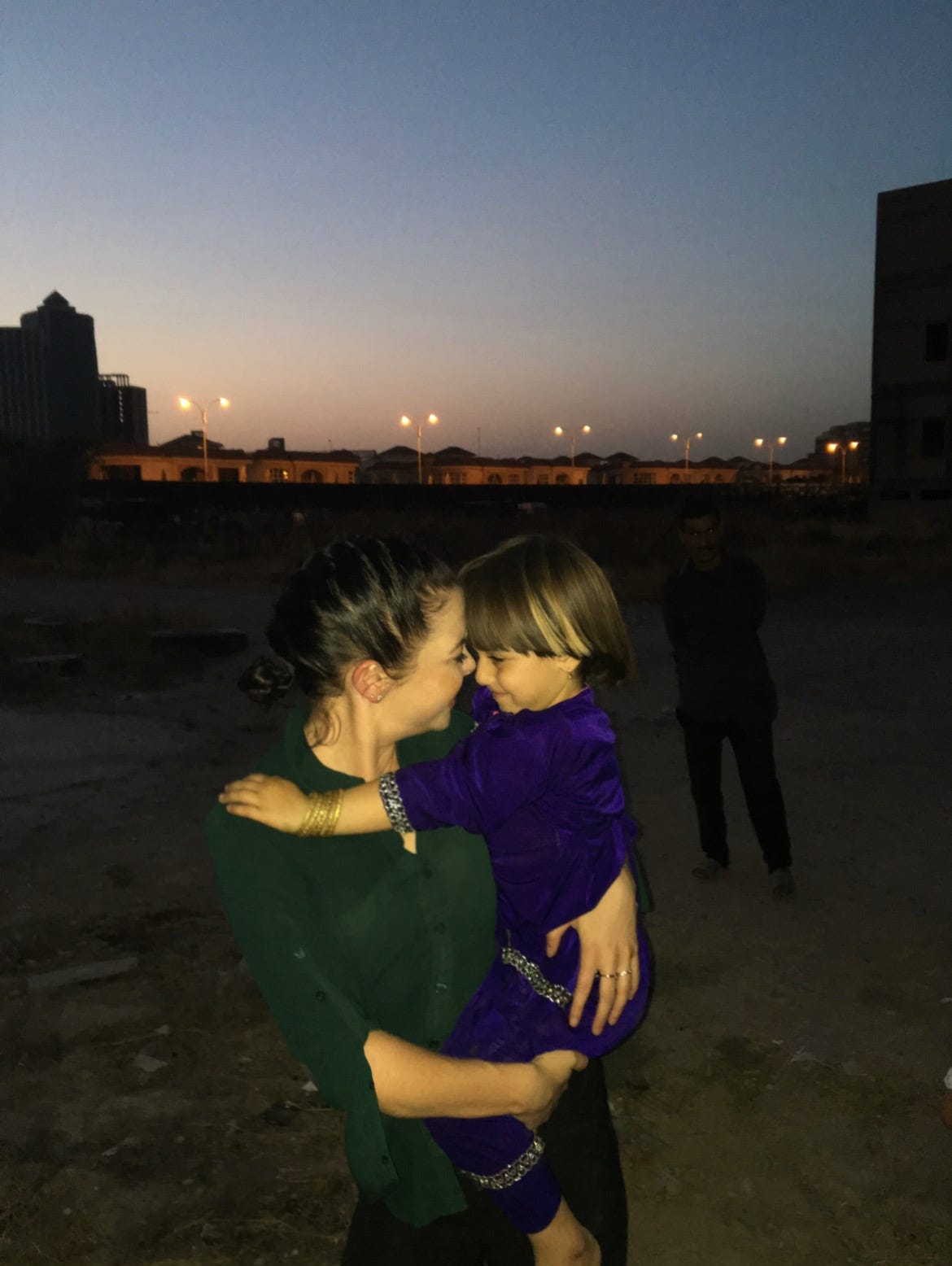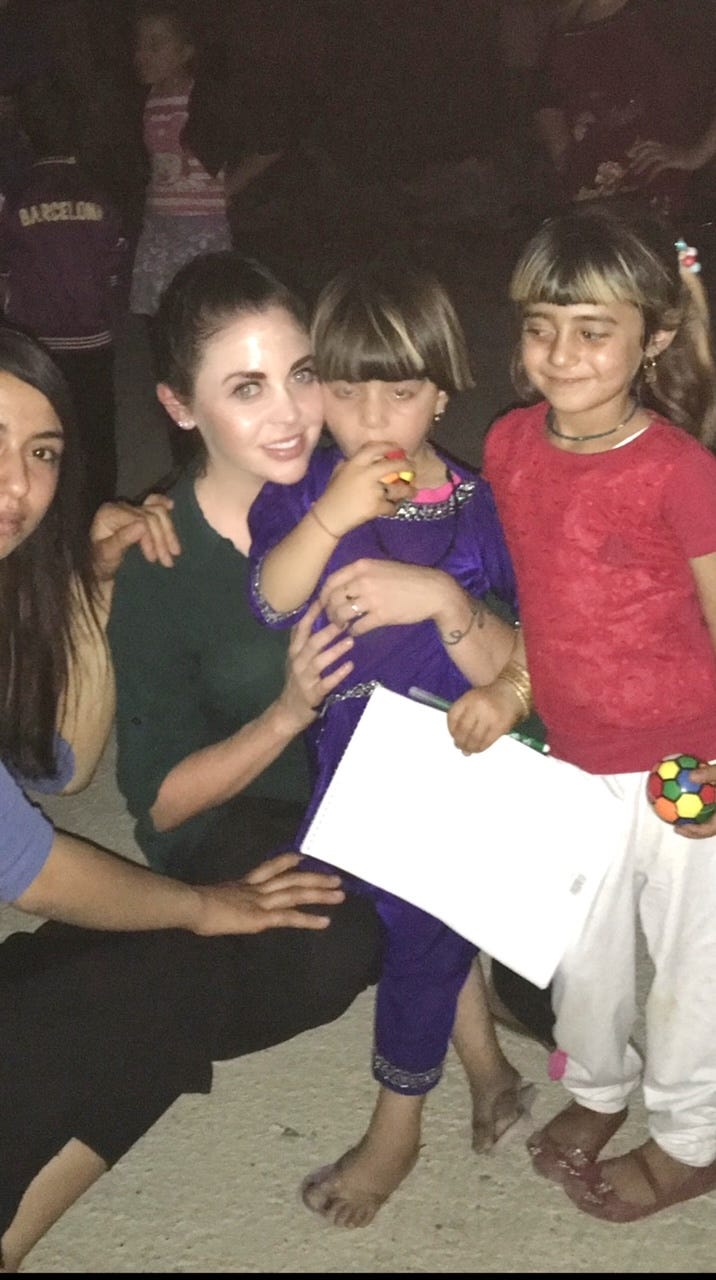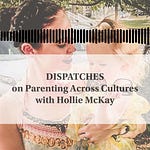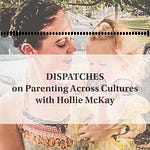No“Memories are worse than bullets.”
― Carlos Ruiz Zafón, The Shadow of the Wind
More than the military components of war, which we journalists often refer to as the "bang bang," what interests me are the human stories that follow every victim, every survivor, every person caught in the crossfire of conflict. I have kept countless 99 cent notebooks filled with incredible stories, words of wisdom, life lessons, and heroic acts.
These are the ordinary. Often, such people lack special skills or training, but are forced to become extraordinary in the heat of the moment.
As a writer, I traveled countless times in and out of Iraq and Syria during the ISIS occupation. After spending more time in the region as the struggle to free the embattled nations intensified, I was determined to deliver a rough draft of history through the eyes of those who survived it. In the course of the battle, I captured more and more memos, which were published in a collection entitled "Only Cry for the Living" last spring.
I want to share an excerpt from the book, one I have been thinking about lately. What does it mean to be a child of war? Most of us, thankfully, will never know.
Just because these things happen far away does not mean they don't matter.
HALO AROUND THE MOON
January, 2016
When covering conflicts as a writer, you meet countless special people, but there are always a few that find a special place in your soul where — even if you never see them again — they stay with you.
In January of 2016, I was told about a makeshift camp in the center of Erbil where swaths of Yazidis lived in an abandoned building. It was intended to be a high-rise apartment complex, but when ISIS plundered the country and finances crumbled, construction was stopped and the insides had started to rot.
Scores of severed and hurting Yazidi families had tried to string together new lives for themselves in those grey, gutted foundations. There were sixteen families, a guard outside told me, or maybe seventeen. He had lost track. He couldn’t be sure.
My Iraqi friend, Steven Nabil — an Assyrian Christian who had amassed hundreds of thousands of Iraqi fans who followed his Facebook page for updates about the plight of their country — instructed our cab driver to stop at a nearby store. We bought bags of groceries before venturing inside the old building, buying seventeen chickens just in case, as we didn’t want anyone to miss out — a roasted chicken for each family.
According to the International Organization for Migration (IOM), around eighty percent of Iraq’s displaced persons lived outside the camp system in private settings such as abandoned buildings — schools and pummeled houses — making them more vulnerable to exploitation, violence, disease, and starvation.
As we drove inside the debris of spoiled construction, a group of young children rushed to greet us, wide-eyed and smiling. I felt tender arms slink around my waist and peeked down to see a lovely little girl with blonde-streaked hair, wearing an emerald green sweatshirt to illuminate her deep brown eyes. She had the softest of skin and was so graceful and doll-like that she almost seemed ethereal.
There was something extraordinary behind that angelic presence.
I quickly learned that little girl’s name was Hala, which meant “halo around the moon” in Arabic, and she was roughly five years old.
Hala was born on a mountain, under a perfect night’s moon. No one seemed to know exact birthdays or ages — there was always a slight guessing game involved. Hala’s mother wore dark-colored clothes and sat inside the family’s small, hobbled-together room, lighting candles for warmth and perhaps as a symbol of mourning for her eldest daughter.
Her fresh-faced teenage daughter, whose photo hung on the tin wall, had been struck by a grenade in August when ISIS bombarded their Yazidi village. She had been rushed to the nearest medical clinic among the chaos. An hour later, however, the wicked fighters invaded the clinic and snatched away all the doctors.
So there, on that sultry summer day, the teenager could only cry out in confused pain until she could not cry anymore.
Yet time does not stop for the dead. What is war? War does not rest until the dead are dead and the living are like the dead.
That day in August 2014, as gunshots rang out and panic erupted in the streets, Hala — barely out of toddlerhood — helped her shocked, distraught mother carry her big sister’s body all the way up into the mountains of Syria as they fled and then crossing back into Iraq, where she could be buried with dignity.
There was no way they would have left her inside the ruined village. Just under eighteen months had passed since that terrible day, but the grief was still raw. Hala bravely squeezed her mother’s hand as she wept and, with her spare hand, laced her fingers into mine.
We played outside in the muddy plots with the other children until the winter freeze settled for nightfall. Next door, the five-star Divan Hotel loomed in all its golden glory and warmth, laden with expensive rooms and expensive guests. But there was no bitterness among the displaced in having to wake up to that sight every day; exile pained them, but they were grateful to be alive.
Yazidis were always grateful — if not confused — to be alive.
We said our goodbyes and climbed back into the taxi. The driver, a middle-aged man from Mosul, had happily helped us load and unload the groceries. He had then waited, happily watching us play with the children and seeing for himself how loving and sweet the families were as they laughed and cried. He had even conversed with the other Yazidi men over a cigarette.
“You shouldn’t give them things,” the driver suddenly cautioned, his voice deepening as we sped away. “They are worshippers of the devil.”
The persecution — the centuries of persecution — was far more submerged than a group of thugs named ISIS.
About six months later, in the summer of 2016, I returned to that little square of abandoned buildings in search of Hala. We delivered some soccer balls and shoes, coloring books and crayons, cooking supplies and clothes.
Family numbers had only grown as the displacement deepened and the war went on. Many had come to accept that they may never go home, and that their children would never have a normal childhood. All they could do was rebuild their lives, even if it was in a place that would never really be home.
Upon finding Hala, I knew I was no longer looking into the eyes of the same little being. The twinkle I had fallen in love with the first time was no longer there. Hala had become tinier since the last time I had seen her, the vivacious energy she once held replaced by a heavy shadow.
When I reached for her hand, it fell limply into mine. Smoky bags lined her eyes. She did not say a word, but glanced at her new coloring book without a flicker of emotion. The joy I had hoped for did not come. Hala’s life had fallen apart, and while those who saw her every day may not have noticed, to an outsider, it was undeniable.
What is war? All the children looked much younger than they were because they were so small — yet at the same time, they seemed so old. Life experience had matured their facial expressions and sometimes it was like staring into a pained adult soul. These were children who had already been burdened by so much. How would they ever heal?
More than a year later, in late 2017, I again visited that displacement hub. I sifted through the sea of familiar faces, wandering through the abandoned buildings, but never again did I find little Hala, the special child who had left such a profound impression on me.
Wherever she was in that tick of passing time, I could only hope that she would come to see for herself that the world, though all its callousness, could also be lovely. I could only hope that little Hala, so beautiful in her bravery and so celestial in her demeanor, would one day understand that she was a survivor of the most phenomenal kind — a survivor who had witnessed the annihilation of her family on Mount Sinjar; a survivor who emerged from the storm stronger.
For those interested in learning more about the aftermath of war, please pick up a copy of my latest book “Only Cry for the Living: Memos from Inside the ISIS Battlefield.”
Also if you want to support small business:
And also now available Down Under!
Thanks again for your support. Follow me on Instagram and Twitter for more updates



















Share this post